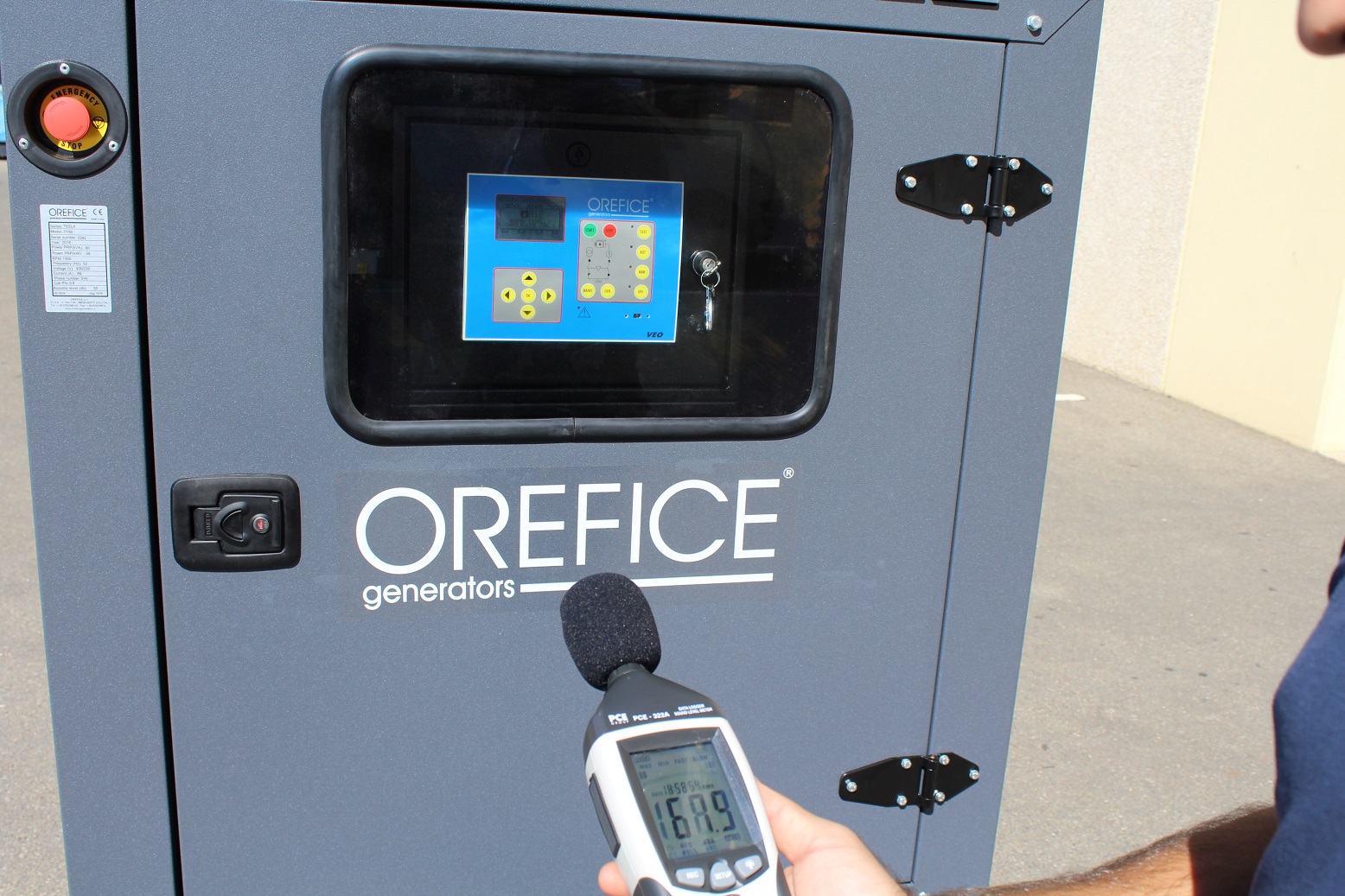Cleaning up power Generator
I have always wondered why the generator is not considered a machine to keep clean in its entirety, as it is done for all other work equipment or daily use devices.
How many times it has happened to you to intervene on a so dirty generator that it seems unbelievable that the latter is under a maintenance contract. Here I'm not just referring to the air filter or oil and diesel filters, which are periodically replaced.
Here we refer to the external cleaning of the diesel engine dripping with liquids, of the alternator and the control panel often covered by layers of dust, cobwebs and sometimes also of excrement or insects.
The visual impact of a perfectly clean generator is essential for the customer, but above all a clean machine will make it easier to identify any anomalies that would otherwise be hidden.
Unfortunately, cleaning a generator is not as convenient as cleaning the closet at home. It is advisable to be equipped with gloves, rags, a dispenser and a detergent for industrial machines, a non-acid , non-aggressive and water thinnable type. Products that are not harmful to the environment is always preferable.
Now, with care not to spill liquids on those electrical or electronic components installed on the generator, you can spray the product on your engine and alternator. Allow to react for a few minutes then mop to remove the dirt.
Let us always remember that security is important therefore the cleaning activities must also be carried out with the generator temporarily in OFF position since you will have to put your hands close to rotating parts (e.g. pulley, fan, belts, etc.) so we must be absolutely certain that the motor will not start accidentally.
You will notice how useful it is to have the engine clean especially in the outline of gaskets and sleeves, so you can better see if there are leaks of liquids, even small or almost invisible; same thing for the base, for the tank and for the containment tank below the radiator.
A vacuum cleaner can be very helpful to remove dry leaves, cobwebs and other wastes which are deposited inside the machine and can be in contact with hot parts or even be sucked in by the radiator and partially obstructing its surface of the radiator.
It is simpler for the electrical panel because it’s sufficient to dust and eliminate the unpleasant cobwebs.
With an air compressor you can also blow away dirt or dust accumulated in the power connections box or, through the shield grid, blow dirt away from the windings; also in this case the simultaneous use of the vacuum cleaner will help you by aspirating the dust that will spread in the air.
Now the maintenance is almost complete, and after making sure that you have not left any equipment, gloves or rags near the machine, you can proceed with the last fundamental step.
Start-up and running tests
Nowadays there is a variety of control panels and control boards on the market. Without getting into specifics, we can summarize them in two basic commands: manual or automatic.
Any generator will have a key or a start / stop button, on which you can operate after selecting the MAN mode on the board.
The control boards dating back to at least the last decade, have the TEST command, through which the board autonomously performs the start up of the power generator and keeps it running until the new command is pressed again. This feature will give you the convenience of positioning yourself close to the machine, monitoring start-up times and measuring the fall in battery voltage with the instrument when the motor is switched on and the diesel engine starts.
The generator set will start at the first attempt and will remain in motion, running without load without problems but you already know it because you started it before initiating the maintenance (ref. Par.1).
Now you can concentrate on the verification of the main sources of engine safety, simulating the intervention of the oil pressure bulb, high temperature refrigerant liquid and emergency button.
The test is to be considered positive only if the generator receives the stop signal, it switches off immediately and the respective auditory and luminous alarm appears on the control board.
With the generating set running, read and note the measurements of the generator voltages delivered on the three phases and the rotation frequency.
This will be useful to compare them with the data of the previous maintenance and to check if there is any deviations in order to intervene with possible adjustments.
Also make a note of the hours of operation, which are essential to supervise the generator’s wear conditions and the deadlines for future maintenance activities.
Now the generator can be stopped. If you do it with the TEST command, the engine cooling procedure will automatically be carried out for the pre-set time, and the machine will position itself in AUTO mode in stand-by condition.
If instead you started it in MANUAL mode, you will need to make sure that the "AUTO" operating mode is restored at the end of the test.
Do not be surprised if I highlighted this last sentence in bold, but it is a forgetfulness not so rare. In my experience of after sale, calls from Customers in which the generating set did not start because it was forgotten in the OFF position or starting from the Manual command position.
One last glance at the machine, at the control unit and then close the doors and return the keys to the customer.










